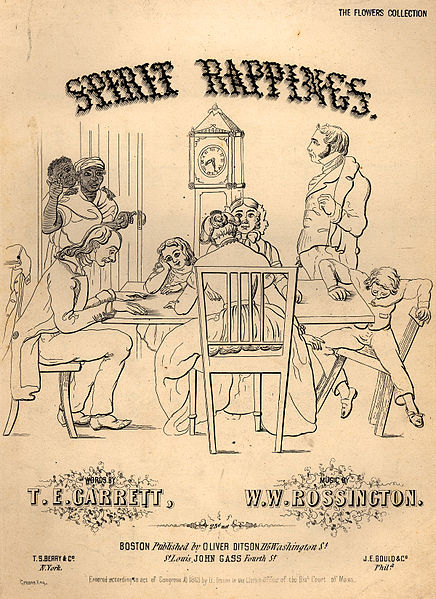“I am spiritual but not religious” is one of the common refrains of our time, especially if you happen to spend a lot of time around college kids taking religion courses. You assume that it signifies a religious sensibility combined with a dislike of religious institutions. But is there anything more to these spiritual people than that?
Earlier this year, Barry Kosmin and Ariela Keysar, my colleagues over at Trinity’s Institute for the Study of Secularism in Society and Culture, decided to find out. In an email survey of nearly 2,000 students at 38 colleges and universities across the country, they asked, “In general would you describe yourself more as a religious, spiritual or secular person? Select One.”
The result, cross-tabulated with a series of other questions, is a portrait of a collective identity distinctly different from both the religious and the secular, representing (along with each of the others) roughly one-third of the college population. So who are those collegians who identify themselves as “spiritual” in America today?
1. They’re more likely to be female than male. In fact, while equal proportions of the young men and women call themselves religious, the former identify as secular versus spiritual by a ratio of over three to two; the latter, as spiritual versus secular by nearly two to one.
2. They are much more likely to believe in God than the Seculars, but the deity in question is more frequently a “higher power” than a personal God.
3. Unlike the Seculars, 70 percent of whom consider themselves Nones, fewer than one-third of the Spirituals do. Indeed, they identify across the spectrum of institutional American religion: 22 percent evangelicals, 12 percent Catholic, eight percent mainline Protestants, four-and-a-half percent each Jews and Eastern religions. Only Mormons and Muslims claim less than one percent.
5. Spirituals believe in miracles and life after death much more than the Seculars, but considerably less so than the Religious. However, they are more likely to believe in ghosts and spirits, in karma and reincarnation than both the Religious and the Seculars. The same goes for homeopathy, faith healing, numerology, astrology, amulets, and the like. But Spirituals are somewhat less likely to believe in faith healing than the religious, and a good deal less likely to believe in the efficacy of prayer.
6. On hot-button social issues like abortion and same-sex marriage, Spirituals line up far more closely with the Seculars than the Religious. Democrats outnumber Republicans among Spirituals 49 percent to 13 percent, whereas Republicans outnumber Democrats among the Religious 39 percent 28 percent. Democrats outnumber Republicans among Seculars by 57 percent to five percent.
7. Spirituals are more than twice as likely as the Religious to see religion as a source of conflict, but considerably less so than the Seculars.
Overall, the Spirituals are closer to the Religious when it comes to the supernatural but closer to the Seculars when it comes to the social and political. Most claim an institutional religious identity. They are closest to the tradition that the American religious historian Catherine Albanese calls Metaphysical in her magisterial volume, A Republic of Mind and Spirit.
While Kosmin and Keysar’s survey is not a random sample of college students in a statistically strict sense, the range and size of their sample is more than sufficient to make a strong provisional claim. A dozen years ago, they transformed the world of American religious demography when they discovered that the proportion of Nones had doubled in the 1990s. The rise of the Spirituals may be next.






